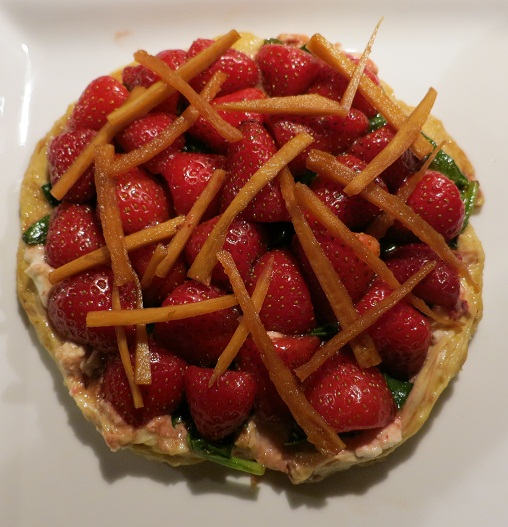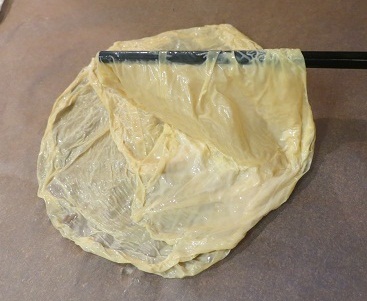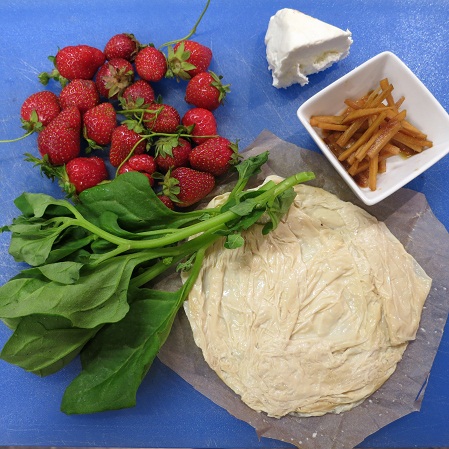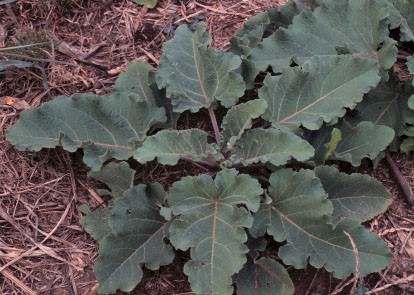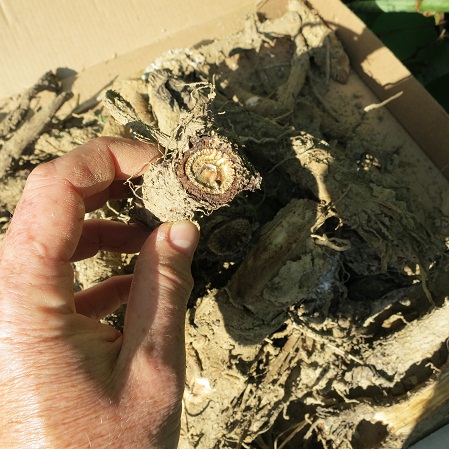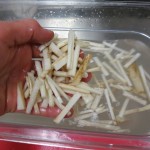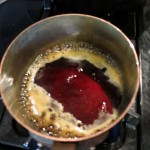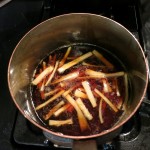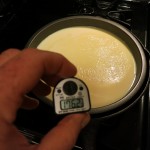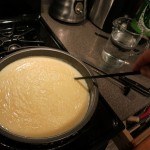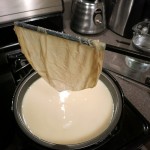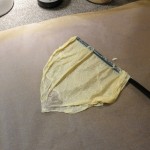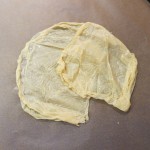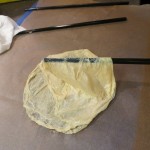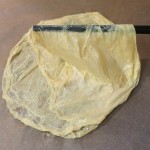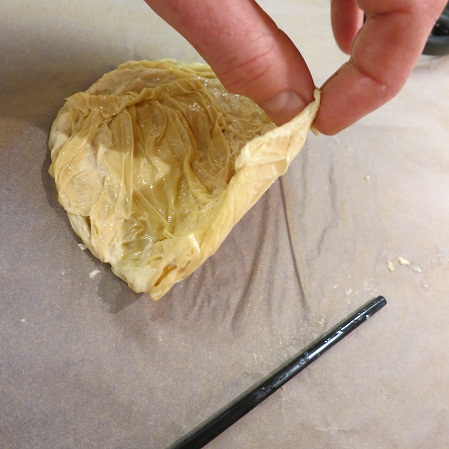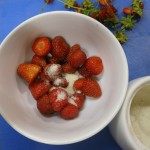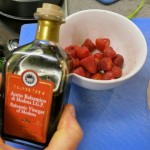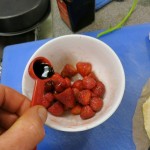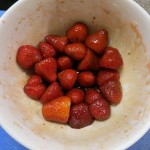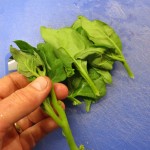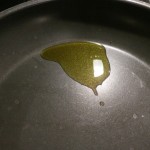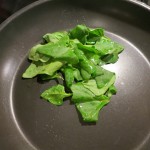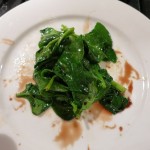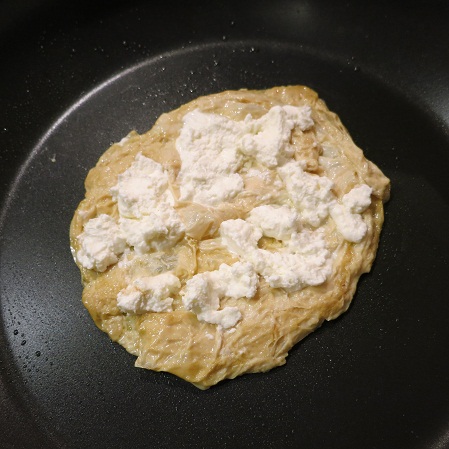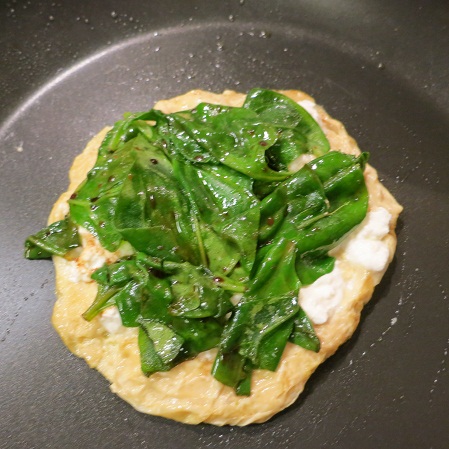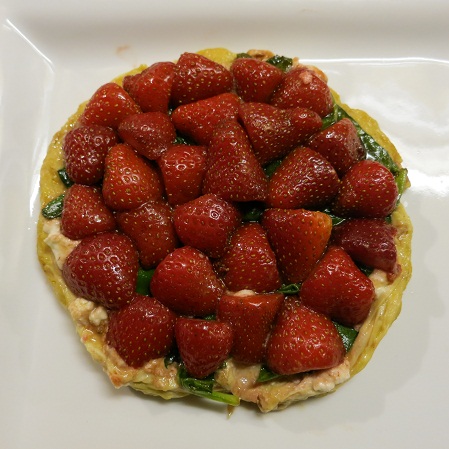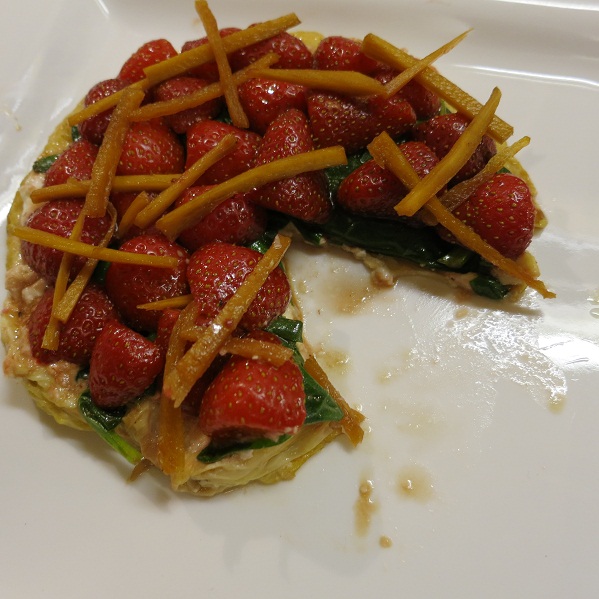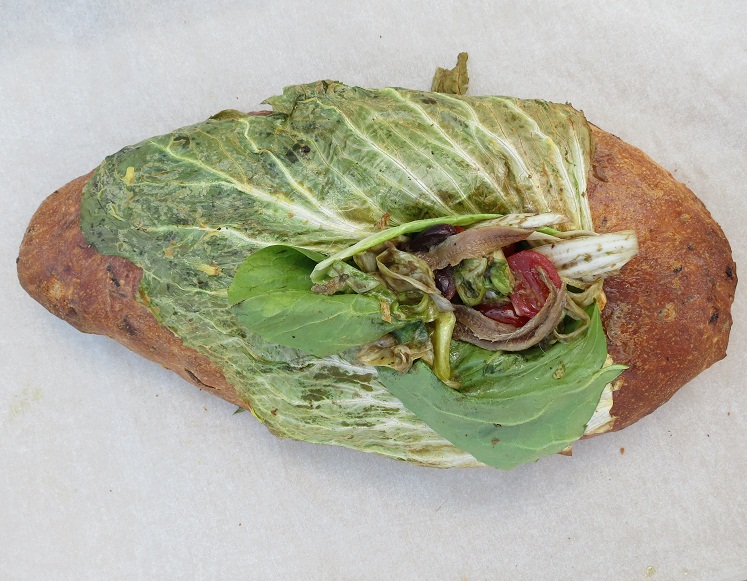
I sincerely hope you forgive me for not blogging so much lately. My usual computer is down and I’ve been baking like crazy. I decided to turn you on to some baking that I’ve been doing. I could never do this alone and thank Chef Patty Nally for keeping me on track during this weekly, freaky baking frenzy which produces some wacked-out (but delicious) breads like our “Anchovy Heaven.” filled with Peruvian anchovies, roasted leeks, Moroccan oil-cured olives, almonds and garlic. Its adorned with some sugarloaf raddichio from Rik Vest at Vest Berries and I slit it like a Mafia snitch and stuffed it with an raddichio-achovy-roasted garlic slaw macerated with lemon juice and added Kalamatas, Valorosso tomato and more garlic. Yum!
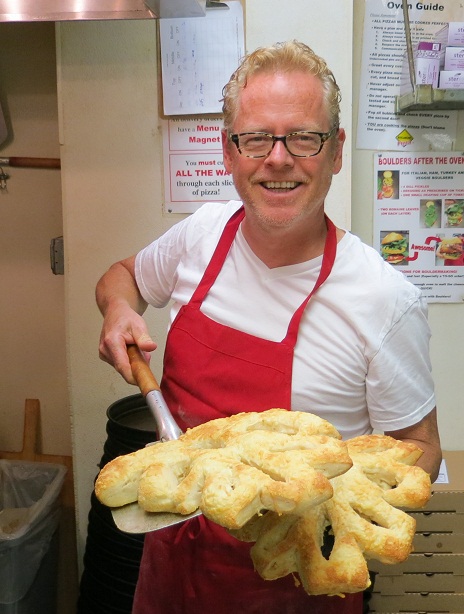
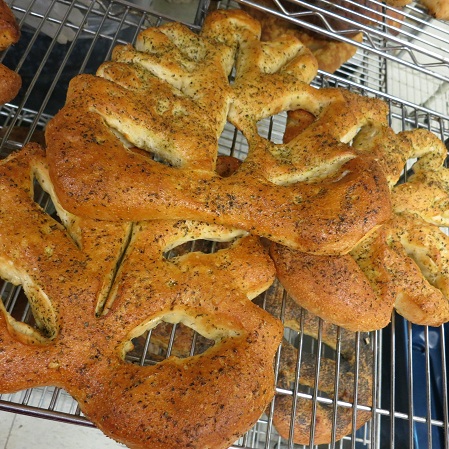
Over the past few weeks, we’ve been baking massive amounts of Asiago fougasse and sea salt and herb fougasse.
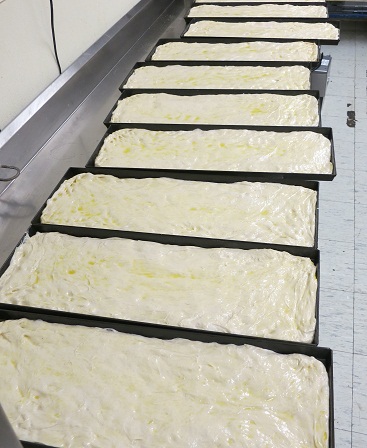
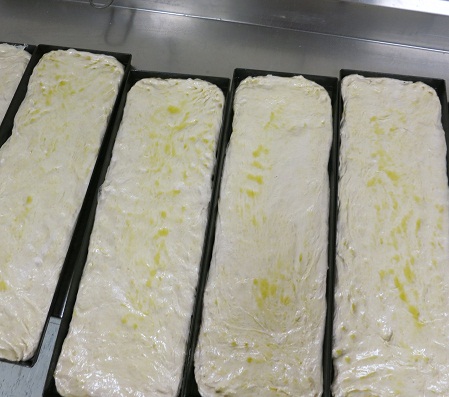
Staring at hundreds of pounds of proofing dough tends to elicit a sigh of dread in me but once that dough starts to proof, it evolves from a gooey mass of nothing to a work of art capable of endless possibilities of culinary pleasure.
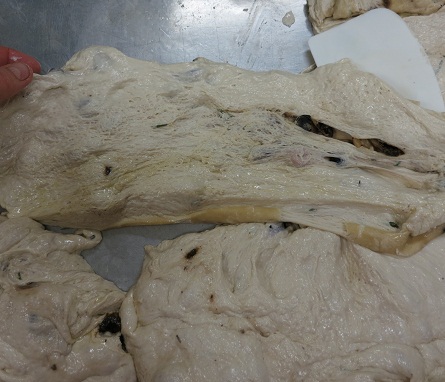
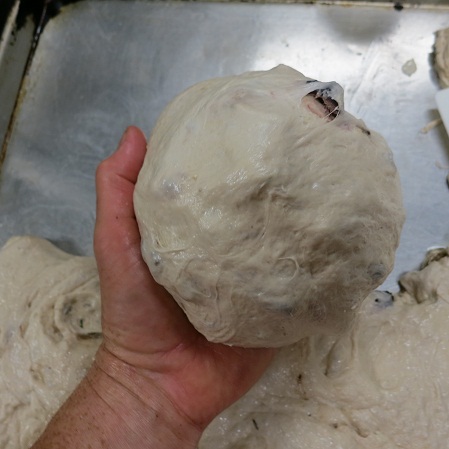
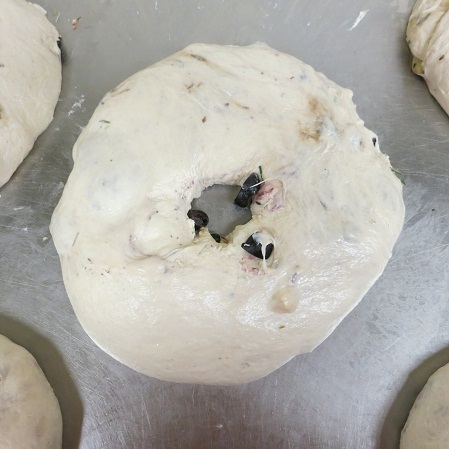
I mixed this pre-fermented, 32 ounce blob with roasted garlic, rosemary, Kalamata’s and Morrocan olives. I Retarded the growth for 50 hours, re-kneaded it, formed and proofed for another four hours then baked it.
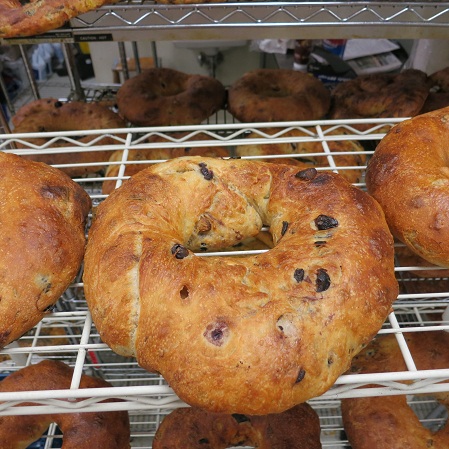
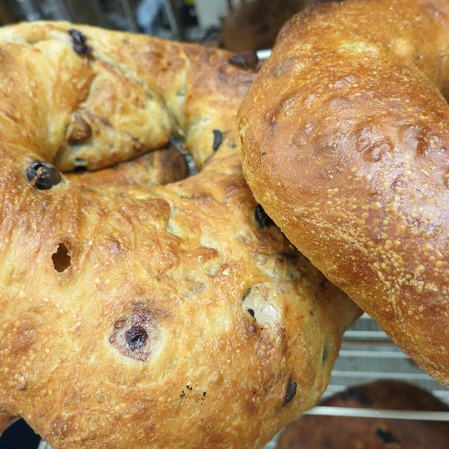
Can you imagine the smell of these beautiful couronnes as they cool down? This is as close to a perfect bread as they come.
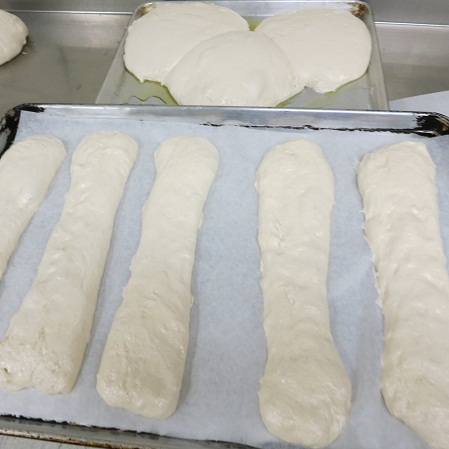
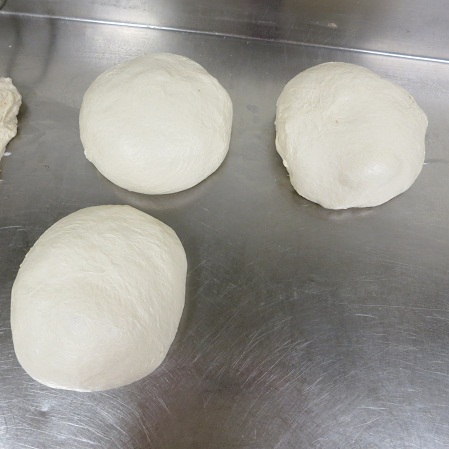
Simply finding the room to proof these ciabatta and our infamous “Flintstone Wheels” is an art form in itself.
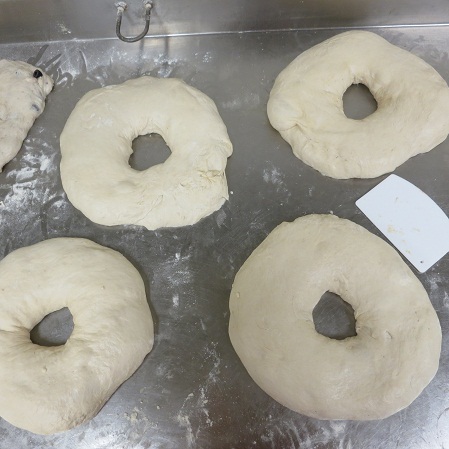

The adolescent stages for this wonderful naturally leavened monster are an indication of what it’s gonna grow up to be…

…and luckily for one of my customers, this guy never wanted to grow up to be a fireman.
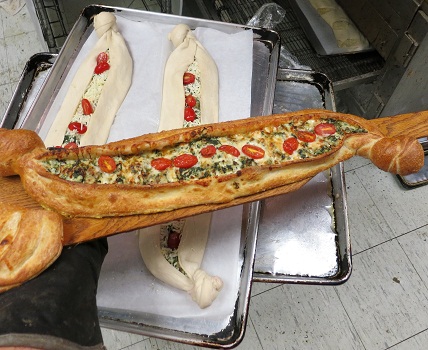
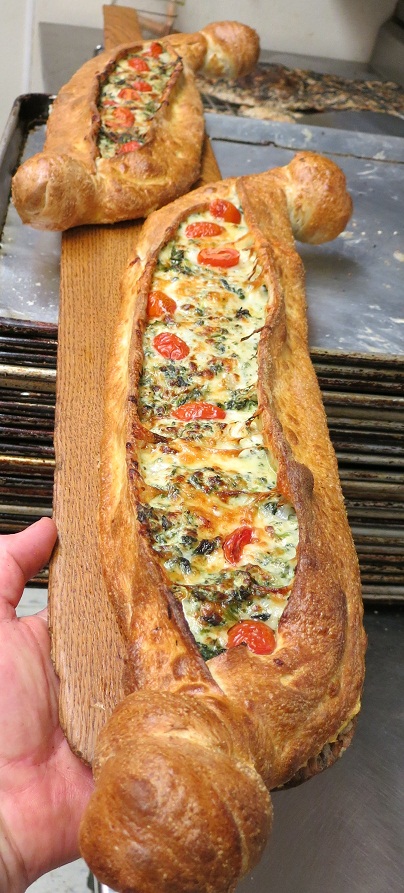
Chef Nally has become an expert at the art of Pide, (Pi-DAY.) This is the style of the ancient Turkish boatlike bread. This large version is like spinach dip in bread with ricotta, parmesan, red onion and topped with Athens Own aged cheddar and tomato.
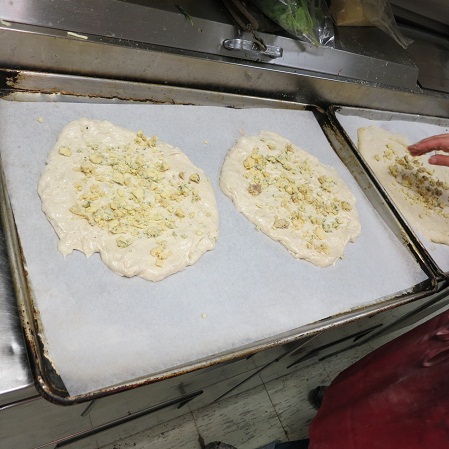
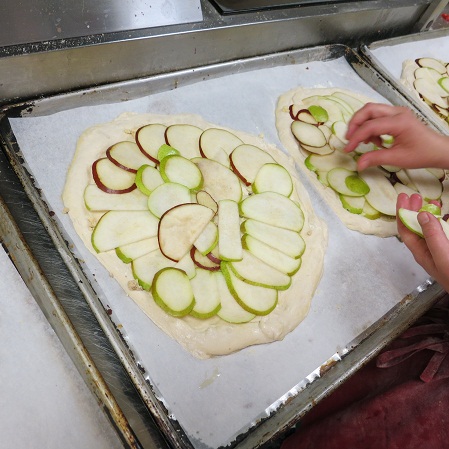
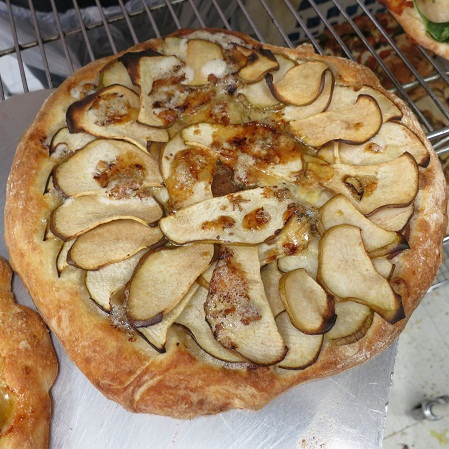
She’s also the creator if this wonderful Stilton-pear pizza that we top with fresh arugula and balsamic glaze. (I just drooled) So, if you know her, she now wants to called “Patty McStilton” (you must use an English accent…)

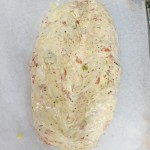
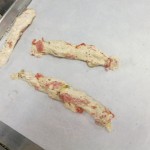
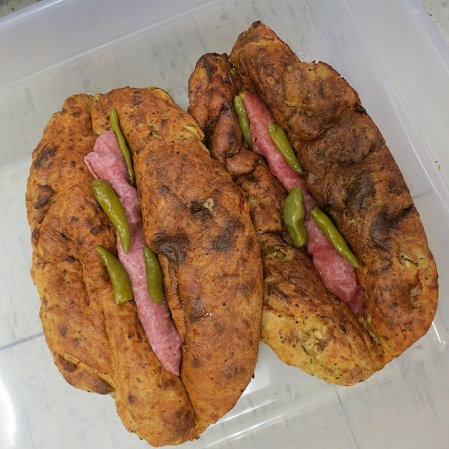
One of the most daring bread adventures I’ve cooked up in the last weeks was the Chicago hot-dog bread. It was…aaa…cool like a nice breeze coming in from Gary Indiana. I made the bread with sport peppers, Genoa Salami, bella rosa tomato, whole grain mustard, (yes, kneading was like world war one,) and a generous dose of celery seeds and dill pickles. I eggwashed it after proofing and created a bunlike trough all the time thinking of late nights at the Weiners Circle on Clark Street in Chi-Town. Then I cut hot dog like bread sticks off and wrapped them in salami served with a few more sport peppers.
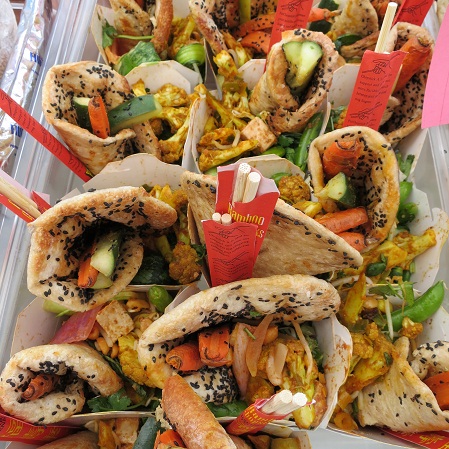
Some other great stuff we’ve offered included an Asian to-go box with sesame tahini na’an and kombu-pressed local vegetables, curried kimchi, dashi pickles and miso-pressed tofu. This included a miso-tahini-cilantro sauce with a little thai chili.
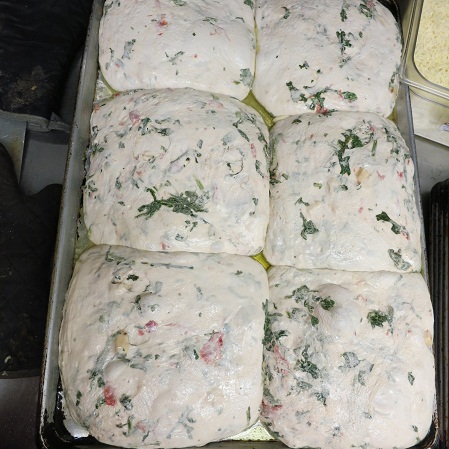
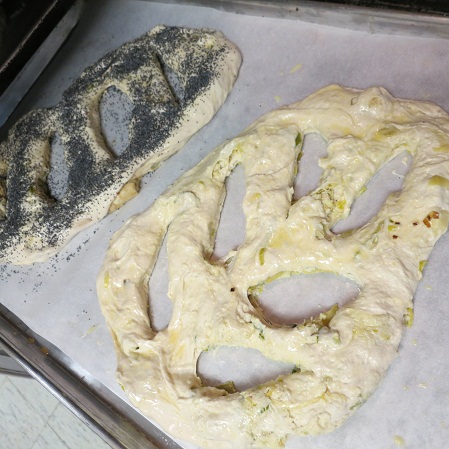
Other specialties that we have a consistant market for are the arugula fougasse (left) Hey what else could I do with 47 pounds of arugula that the Amish just drop off…) We make it with roasted garlic and tomato. On the right is a shared tray of Italian sausage ladder bread and leek-a-choke fougasse.
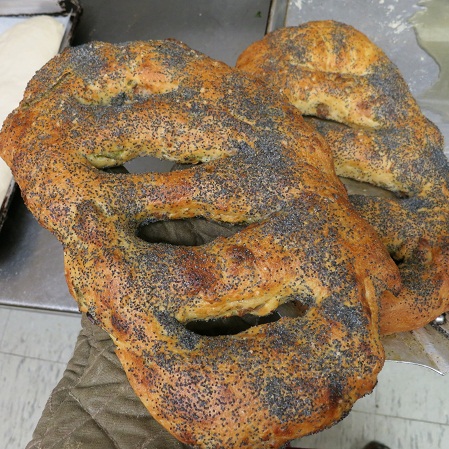
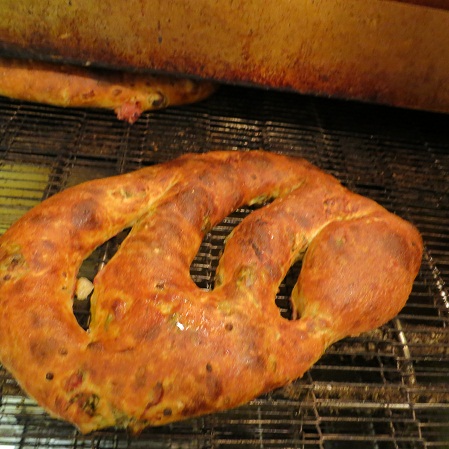
The Italian sausage laddar bread is delightful to smell after the oven because of the onions, green peppers and poppy combination. A newer style fougasse was just introduced after I got hold of some great Szechuan peppercorns and added mango, fresh basil and three types of pork- Prosciutto di Parma, Lardo and local King Family Farms bacon. Man, this was zesty, sweet and utterly fun to eat so we called it “Szecuan Pork Paradise.”

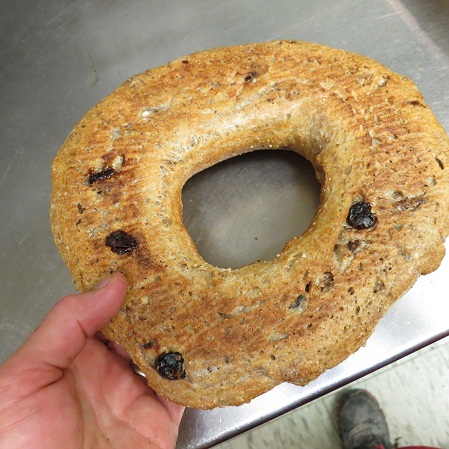
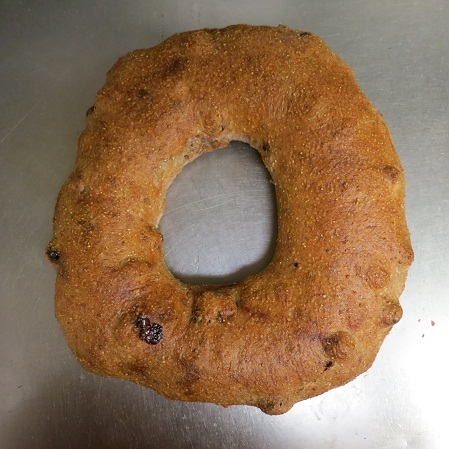
One of our most popular couronnes is the local spelt couronne with cherries and walnuts. Thanks to Shagbark Milling Company, we are able to still get local spelt for our breads and pizza crust.
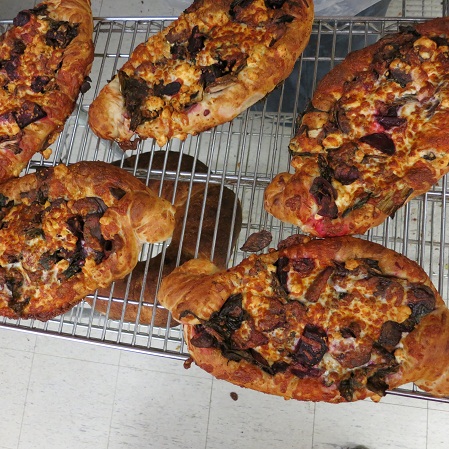
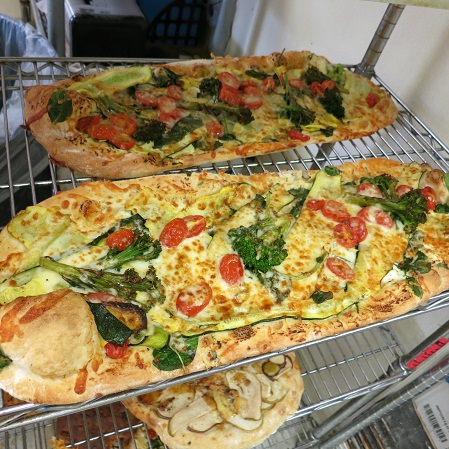
Every week, we never know what crazy combo will come from our baking frenzy like the “Purple People Eater,” (Left.) It is another Turkish-style pide with Peruvian Purple Potatoes, salt-roasted beets and braised raddichio with Maytag blue cheese, walnuts and cheddar. On the right, Chef Nally made a wonderful local vegetable schiacciata with broccoli, kale, chard, zucchini and tomato with Fontina and Mozzarella.


And finally, our always-popular summer schiacciata with fresh basil, fresh mozzarella and early summer grape tomatoes on a dough that endured a 90-hour extended fermentation that exposed as much flavor and crunch as possible.
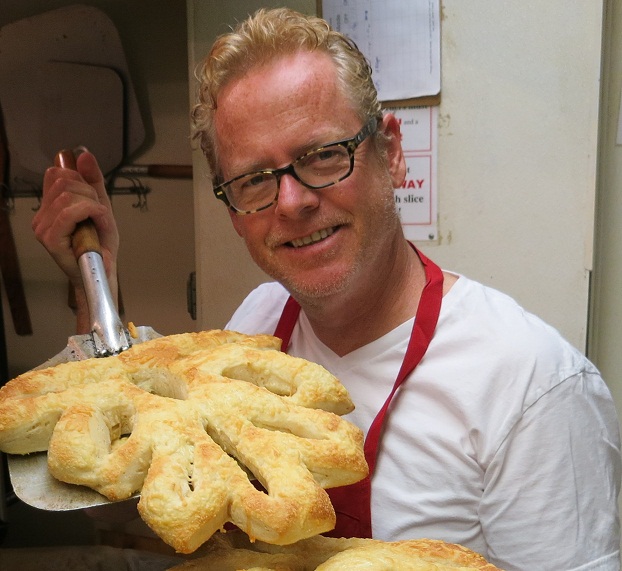
At least now you can accept my apologies for not blogging since you now know I wasn’t drunk in some alley or jacked up on a 3 week binge of Mortal Combat.
Or if you really wanna get red hot, check out this video. in order of appearance is mushroom pizza, Corsican basil bread, Potato disc, curry ladder bread, kombu pressed veg in Asian box, leek a choke, stilton with pear and spinach, Schiacciata, Sicilian pizza, garlic pudding stuffed fougasse, Turkish pide with spinach, olive-rosemary-garlic couronne, spelt couronne, Italian sausage bread ladder bread, cilantro and chorizo fougasse with blueberries, super mushroom disc and the super-red hot Beelzebub Pizza and the Asiago fougasse finally the goon with his Scooby Dooo shirt.
I hope you keep checking on the goon or sign up for my RSS feed for more entries from a real pizza guy.
Vive la…Pizza! God save the Goon!

